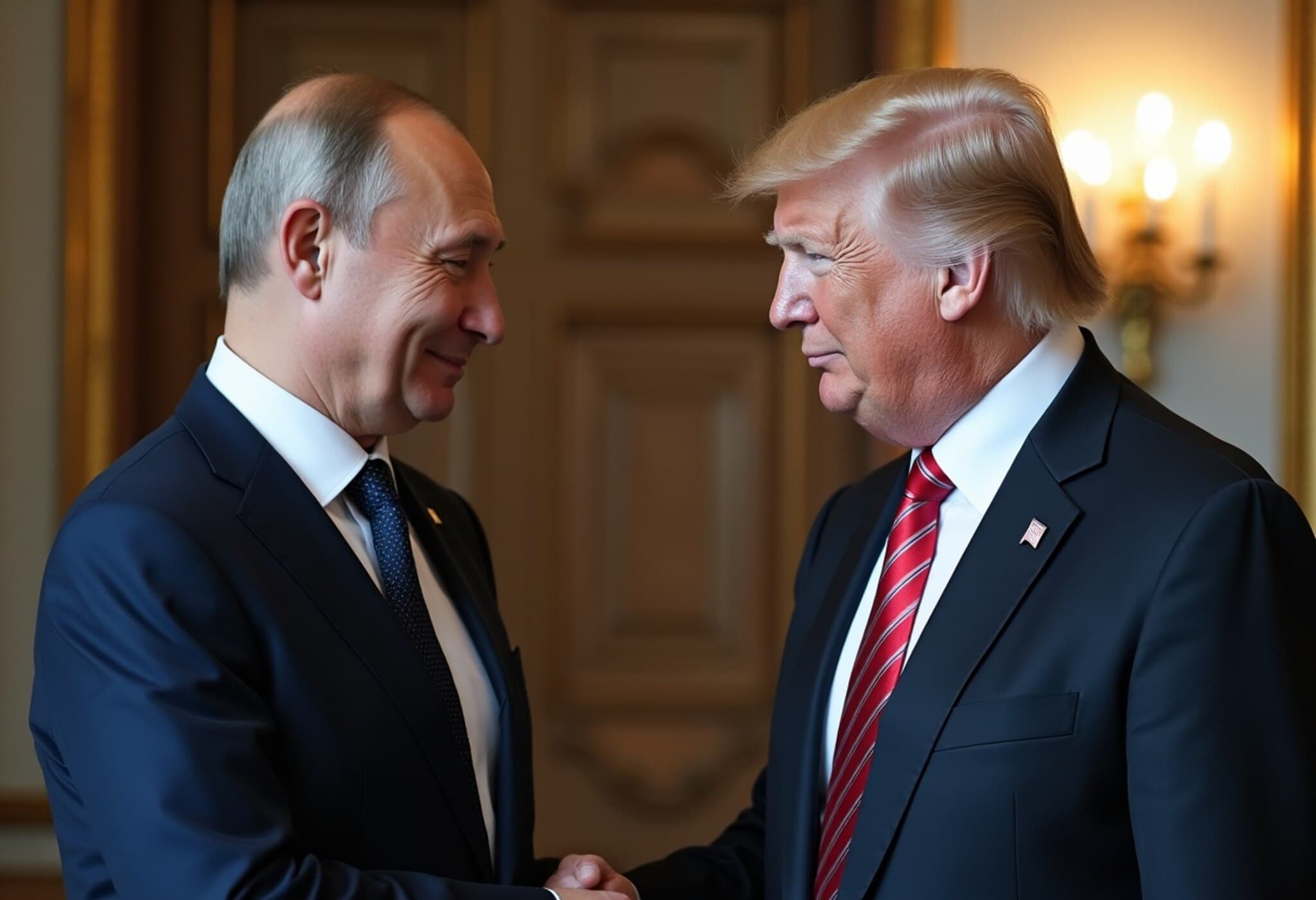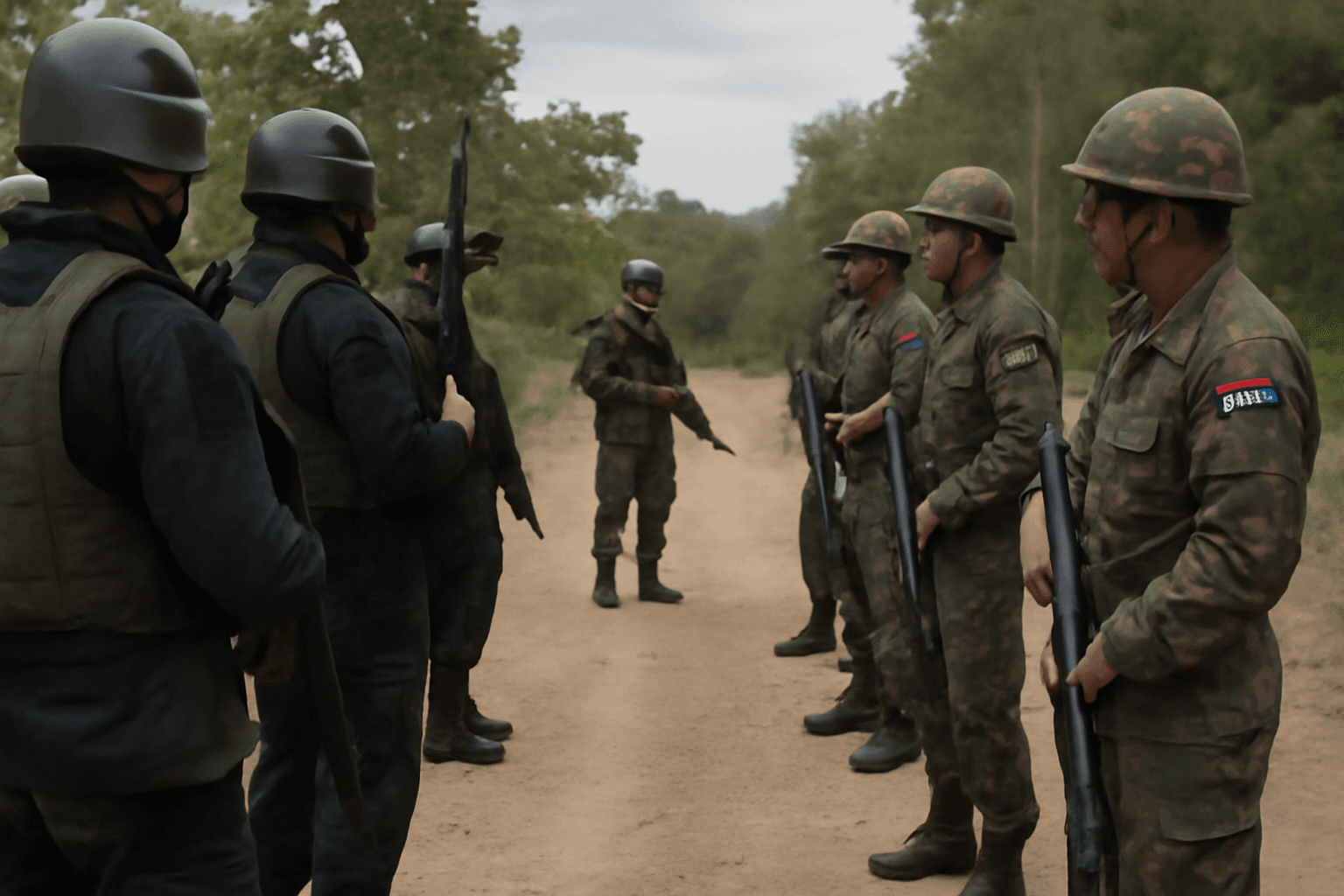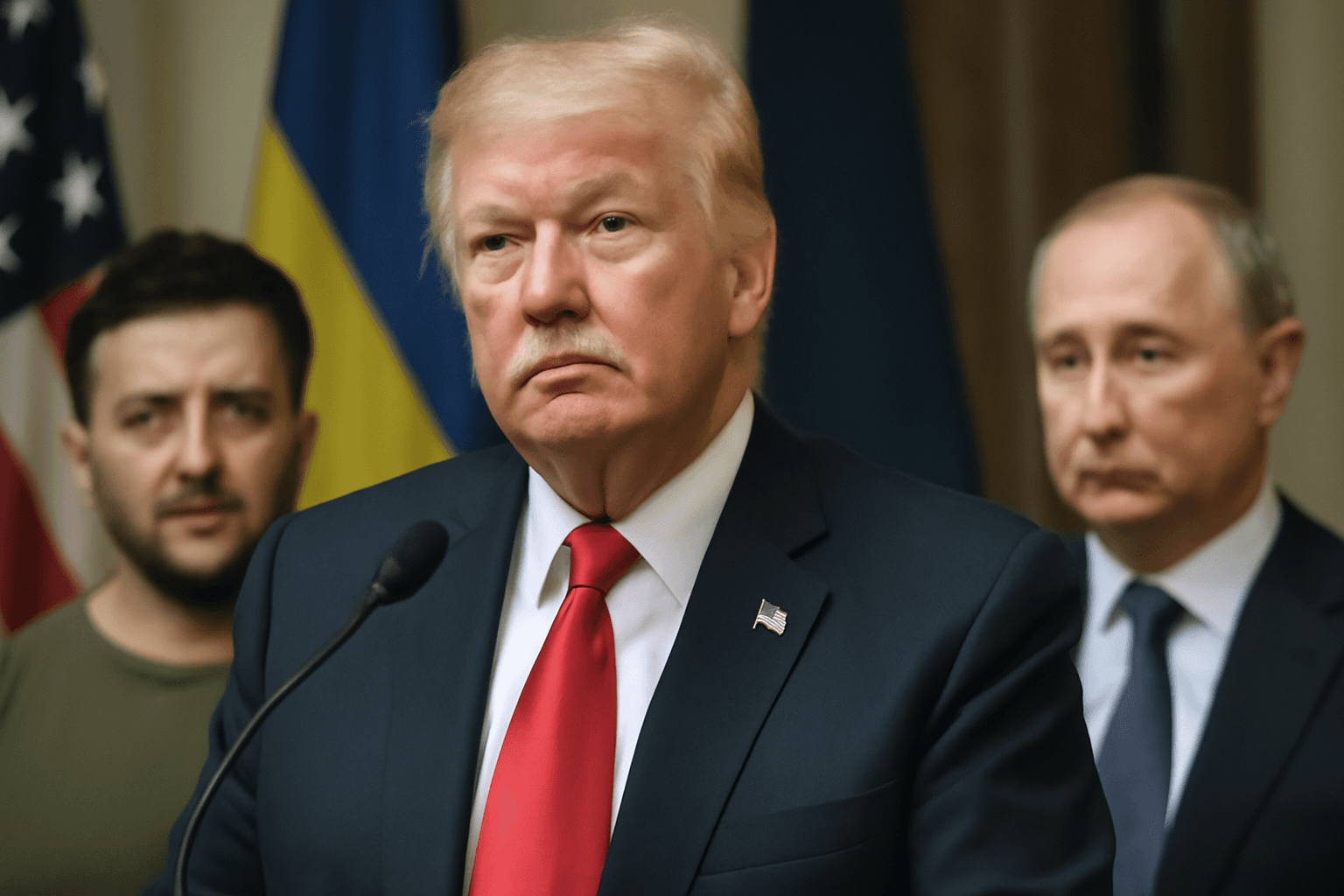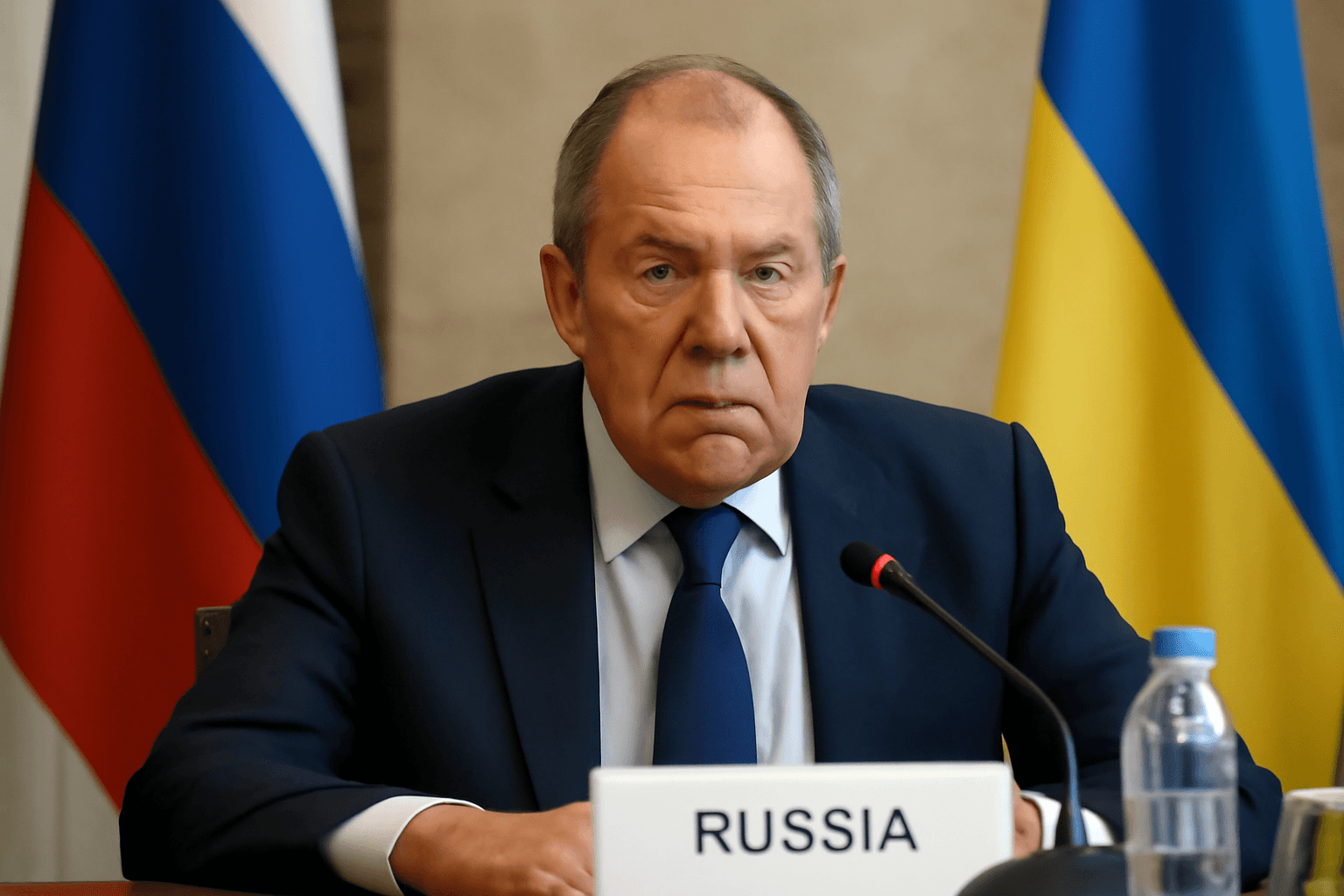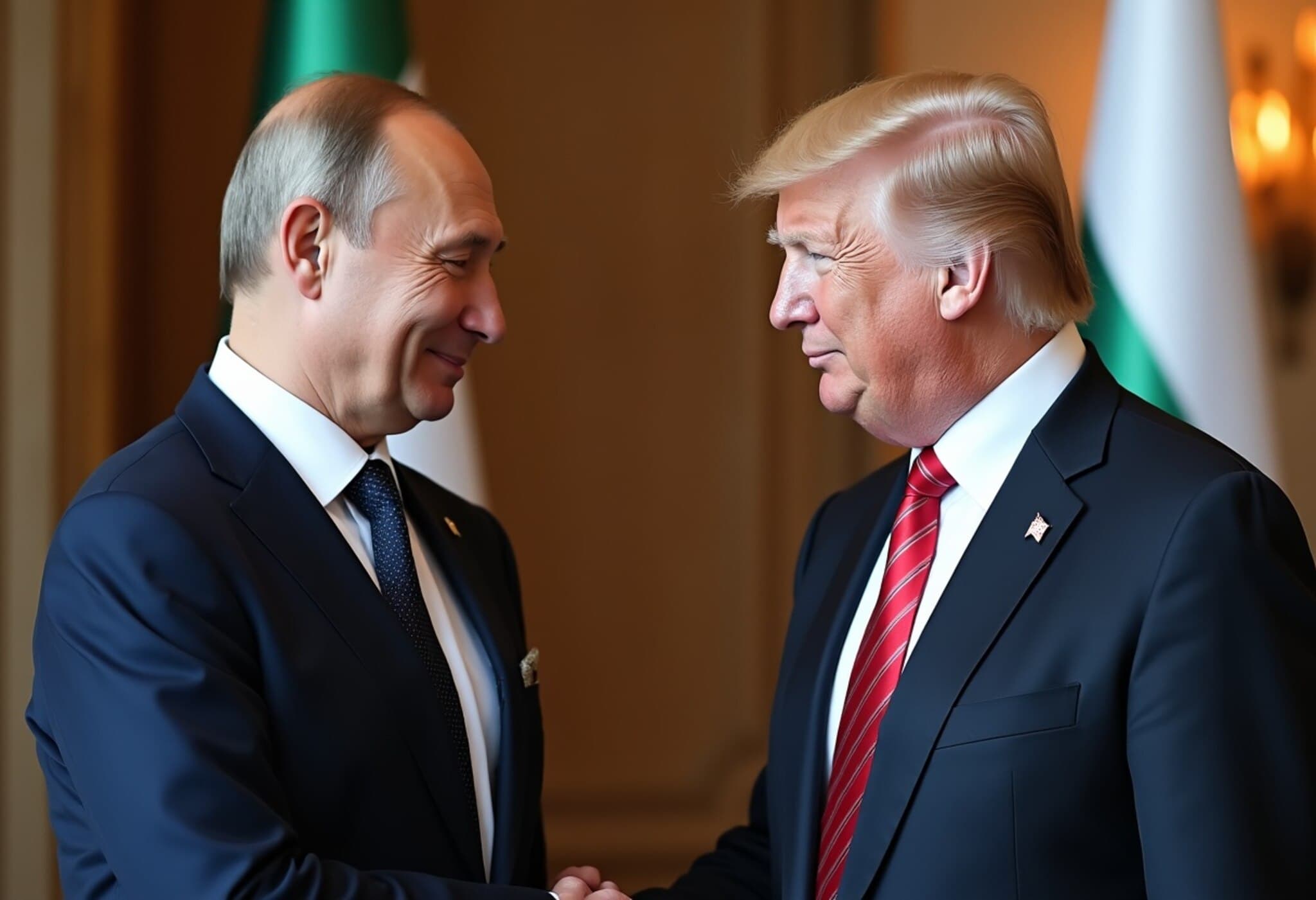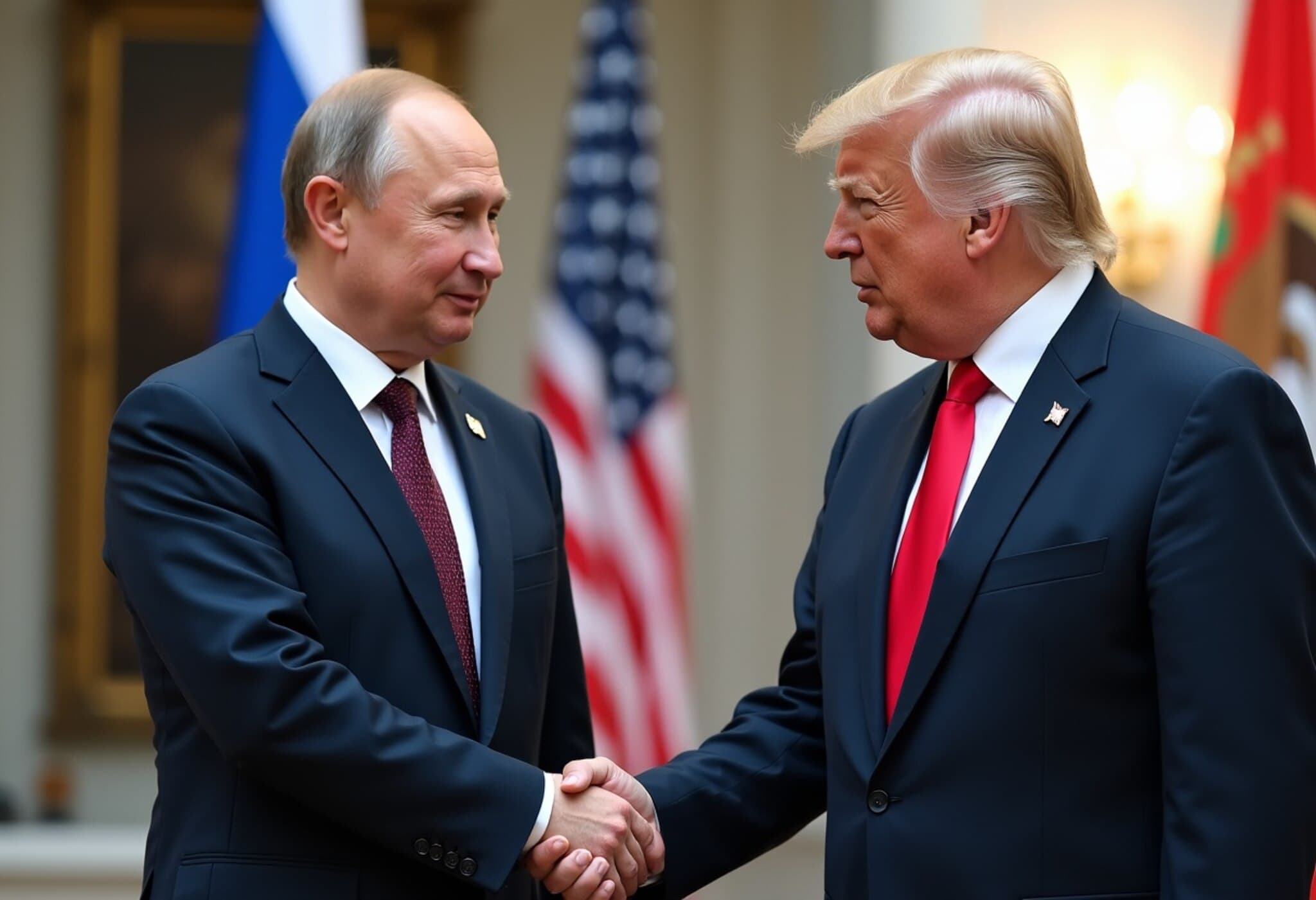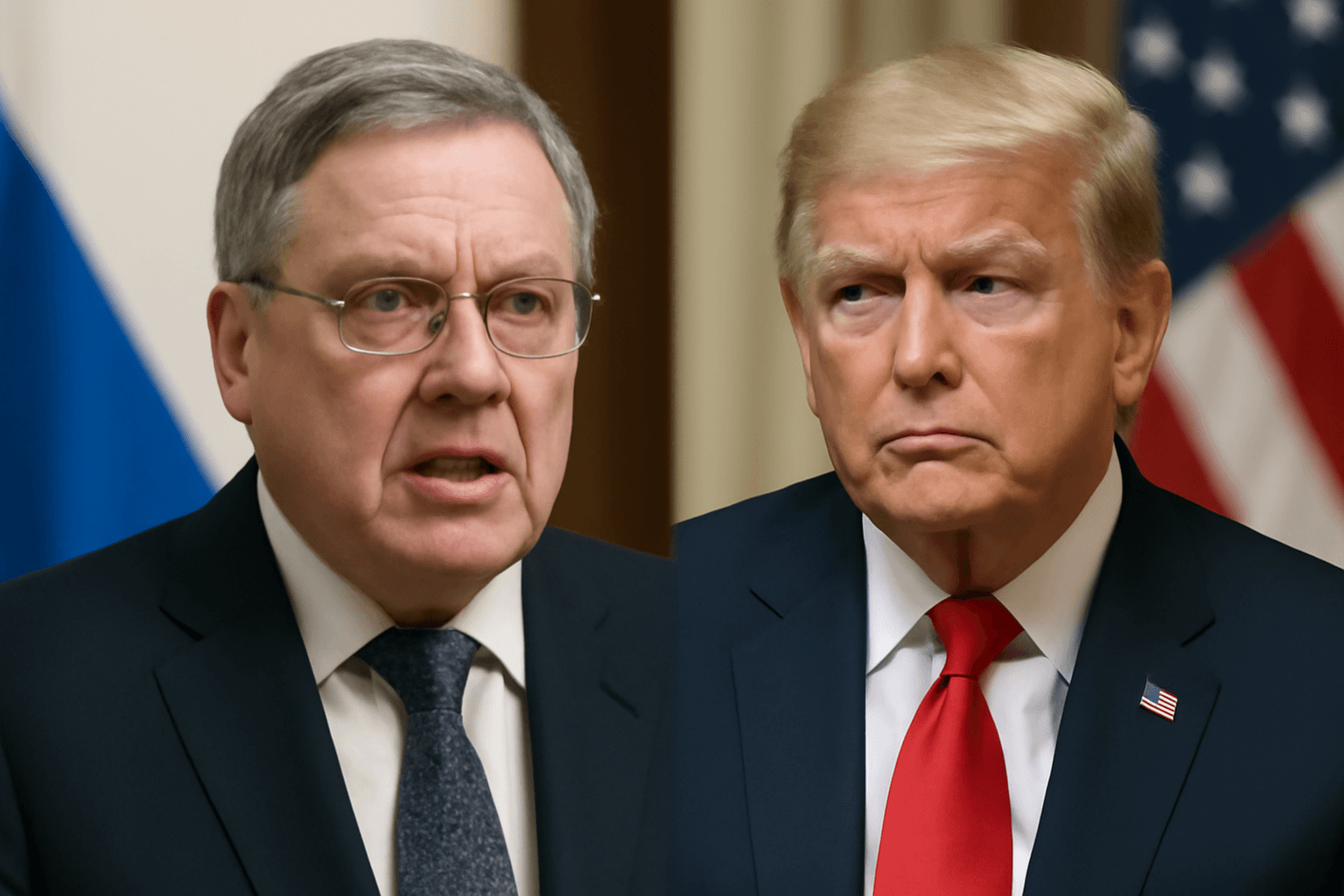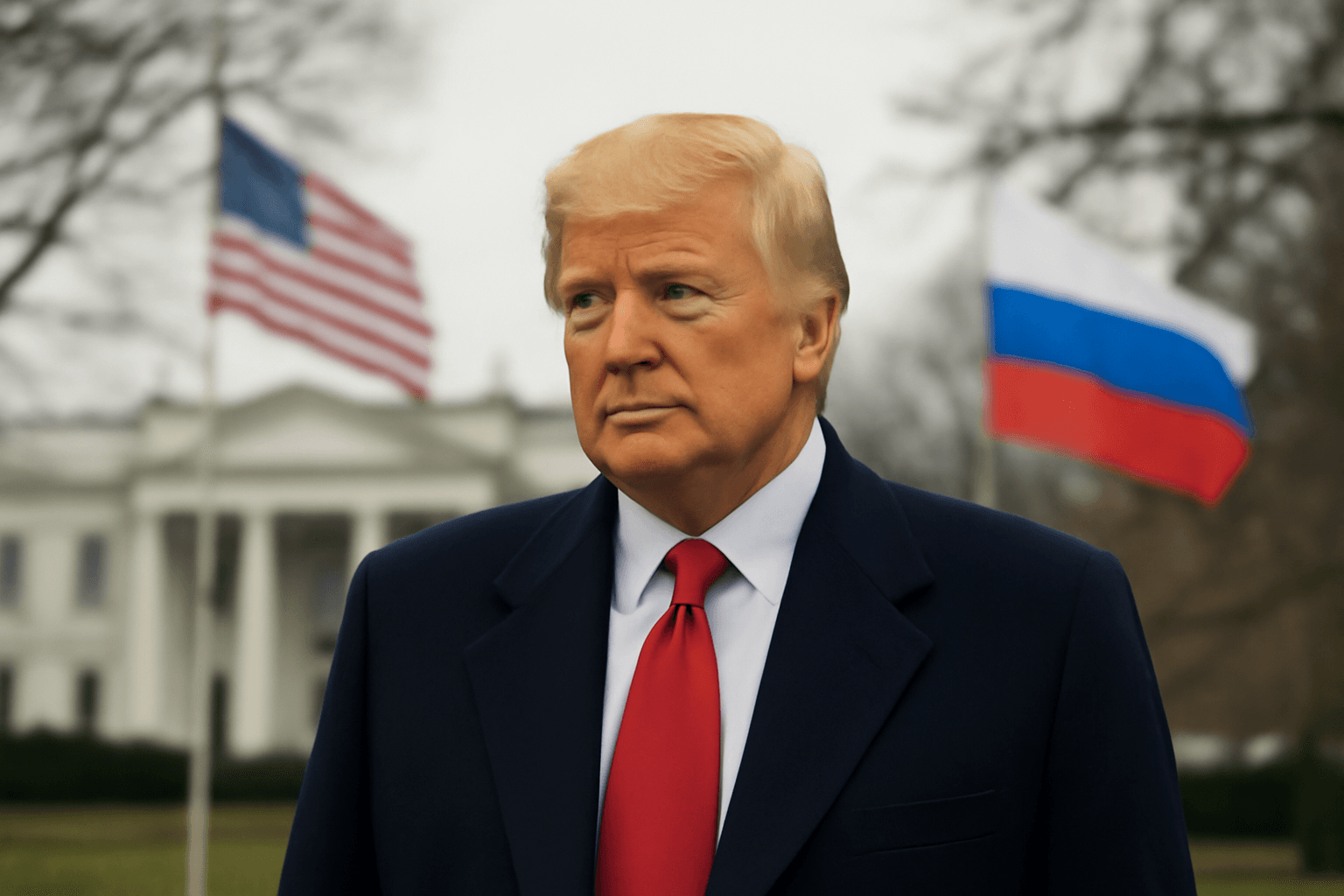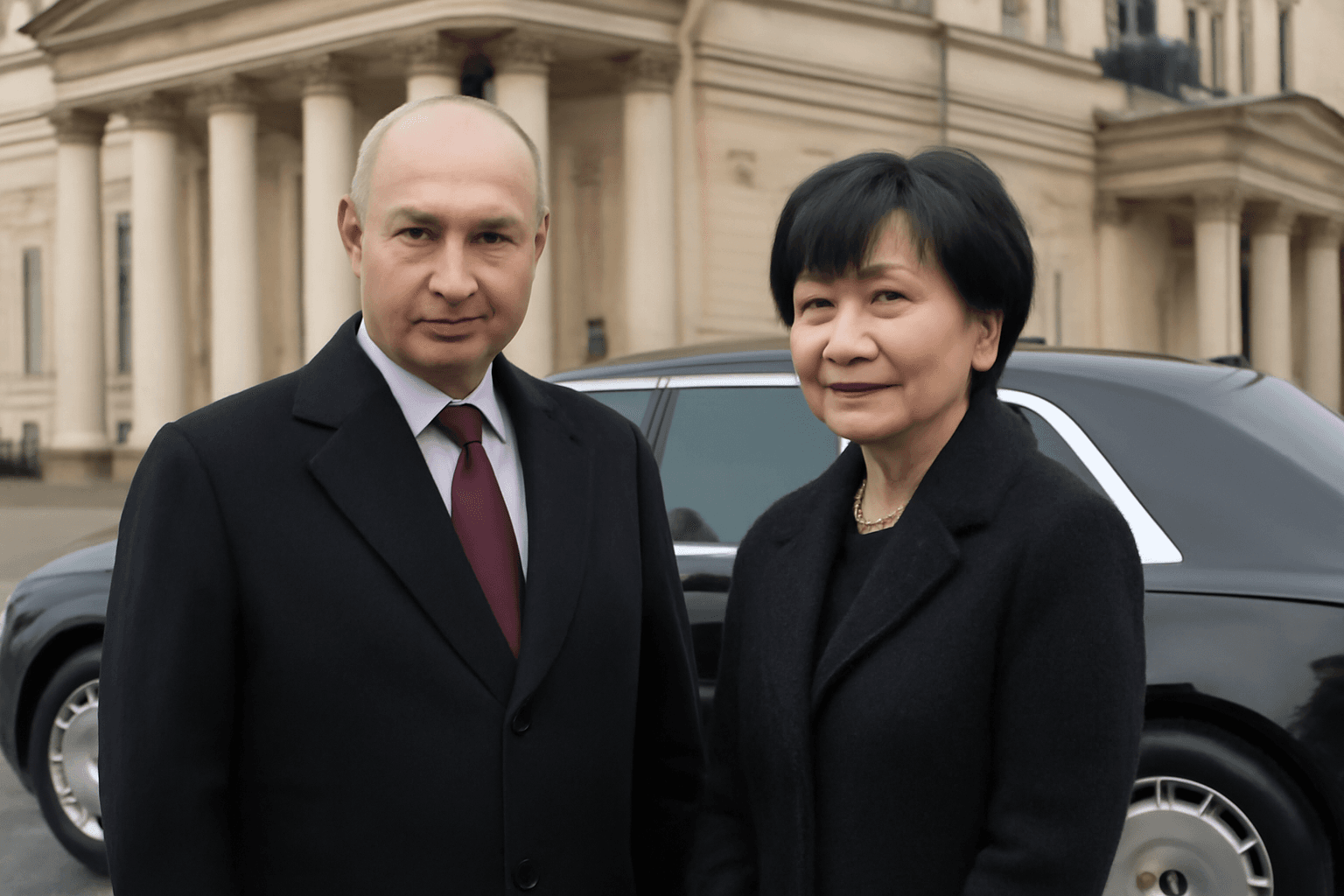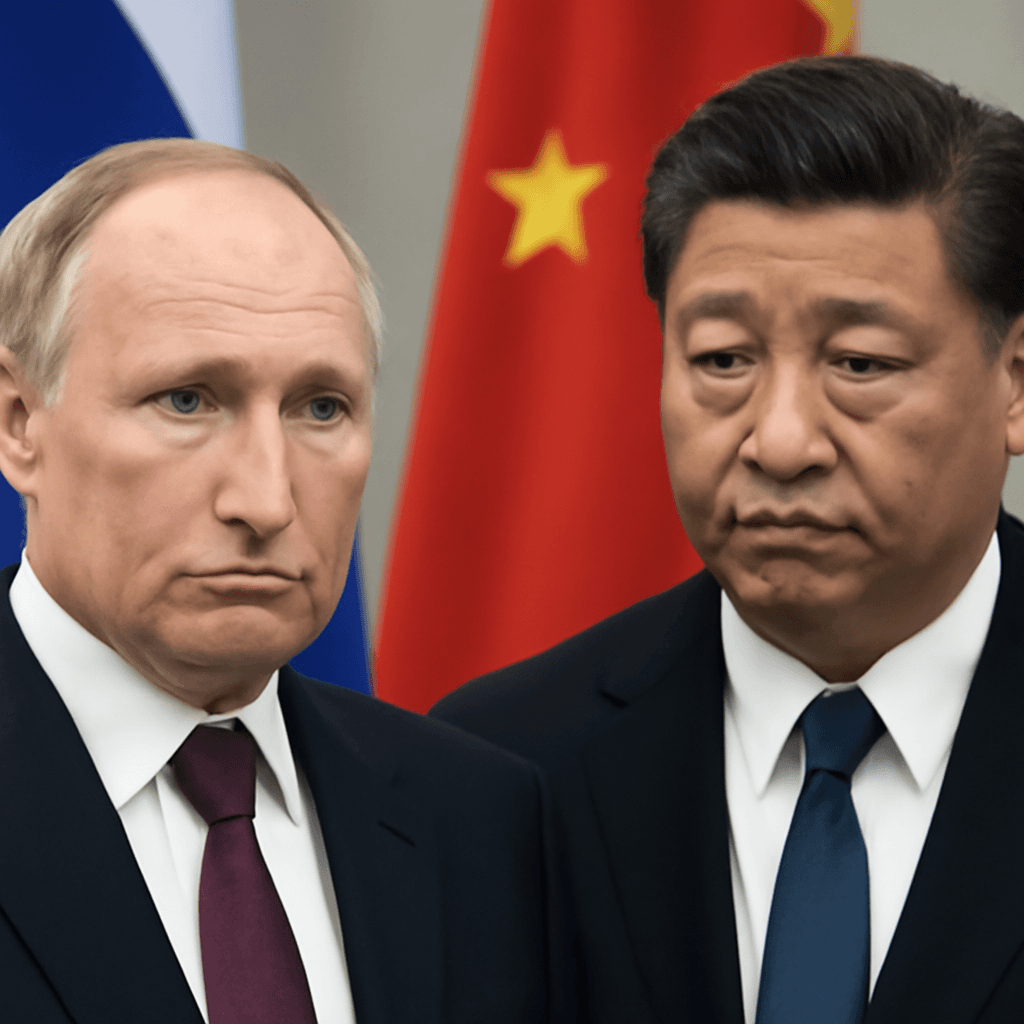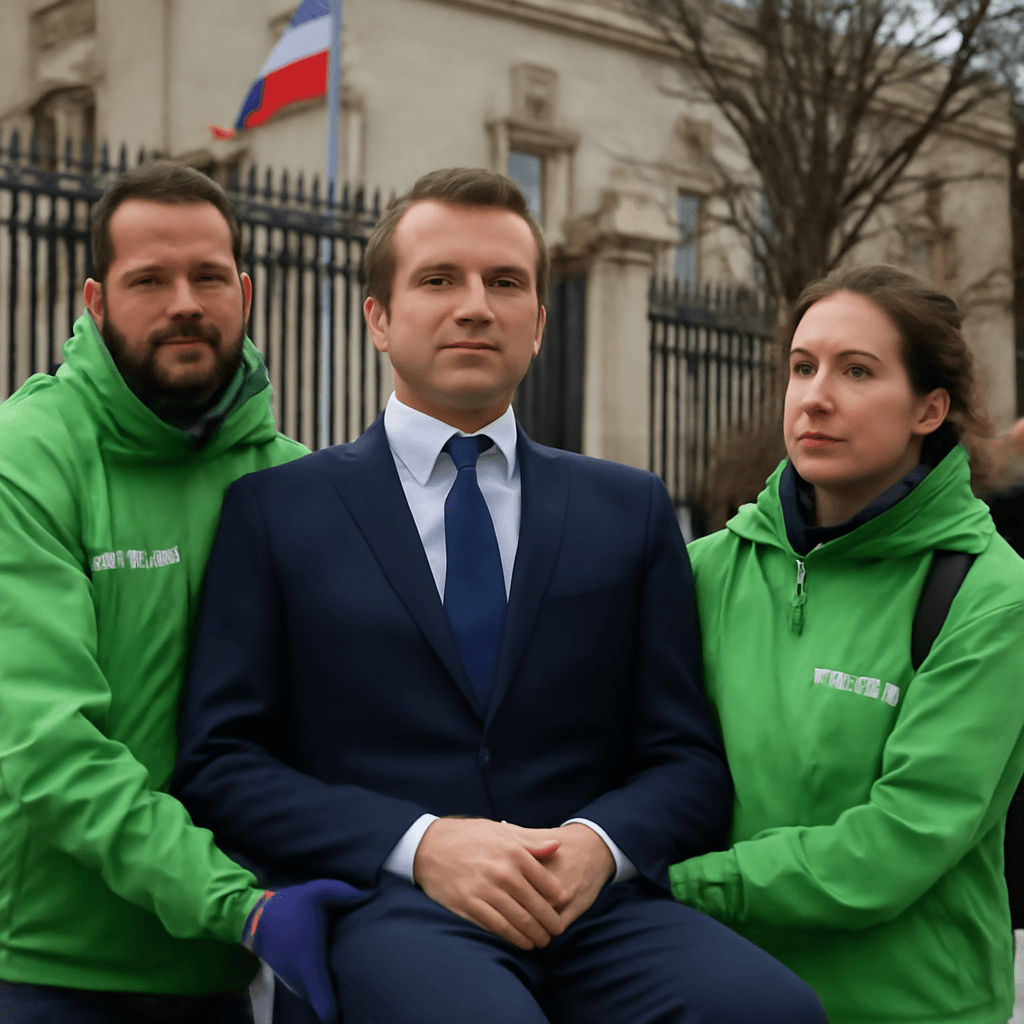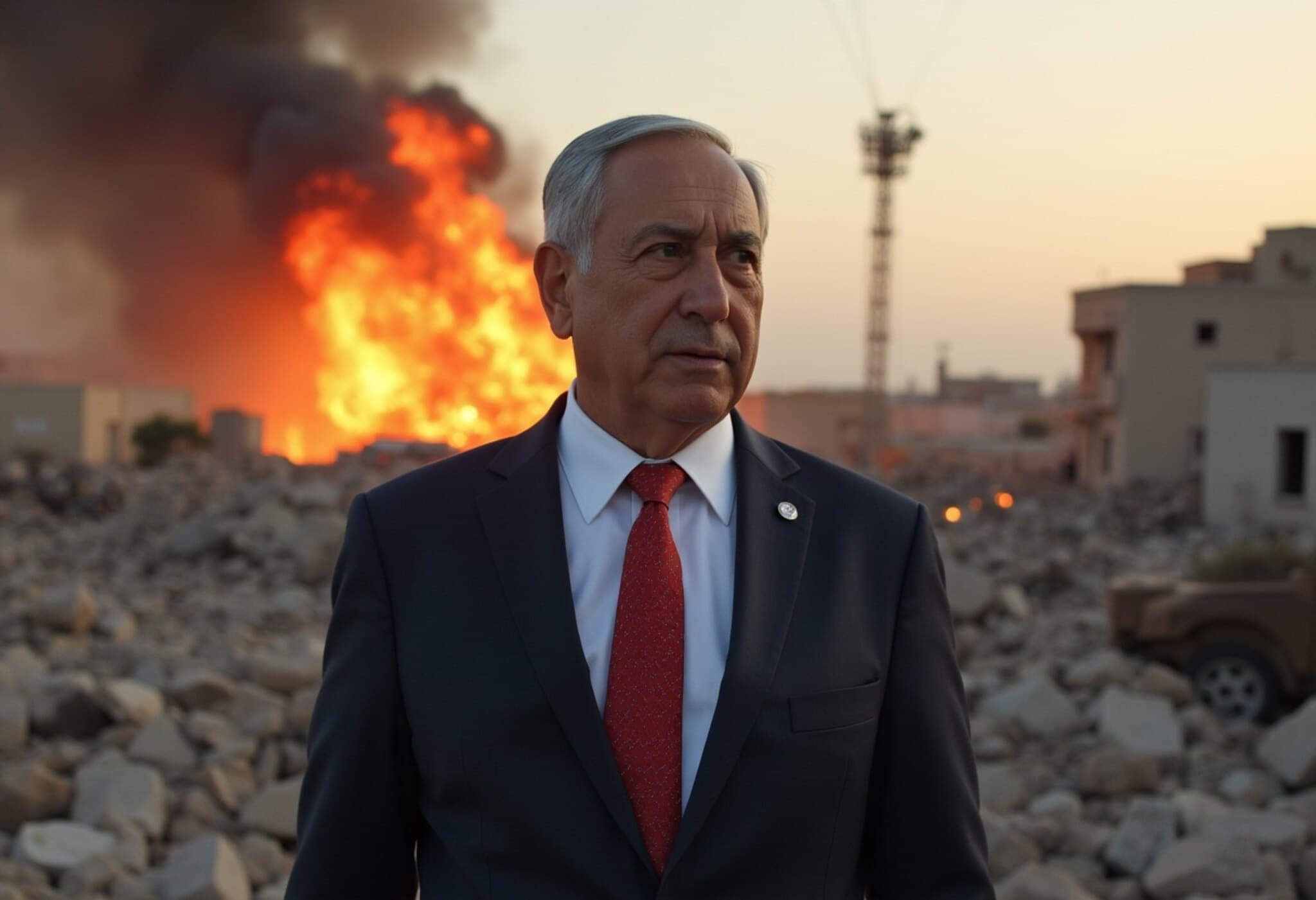Putin’s Pursuit of a Trump Summit: A Diplomatic Play to Secure Ukraine Objectives
Russian President Vladimir Putin has long expressed a desire to meet with U.S. President Donald Trump, signaling that such a summit is more than a symbolic gesture — it’s a crucial element in Russia’s strategy to secure its goals in Ukraine. Despite ongoing conflict on the ground, Moscow appears to believe that dialogue with the American leader offers the best pathway to advancing its geopolitical ambitions, particularly in preventing Ukraine's integration with NATO.
Geopolitical Goals Beyond Territorial Control
Experts familiar with Putin’s mindset highlight that Moscow’s ultimate objective is less about territorial conquest and more about establishing a political order favorable to Russian interests. Putin’s principal demand focuses on ending NATO’s eastward expansion and ensuring Ukraine remains outside the alliance. This aligns with the Kremlin’s broader vision of maintaining a sphere of influence over its neighbors.
Sergei Markov, a pro-Kremlin analyst, remarked, “Putin wants to keep Trump as a resource for a possible transition to peace. Trump is needed to achieve Russia’s conditions.” This underscores the Kremlin’s belief that Trump, whose presidency and political positions have often reflected skepticism toward NATO and Western unity, is the pivotal figure to influence outcomes.
Recent Diplomatic Developments and the Unfolding Summit Plans
Following a meeting between Putin and Trump’s special envoy, Steve Witkoff, in Moscow, Kremlin officials confirmed that a Trump-Putin summit could occur imminently, possibly within the coming week. However, details have been sparse, and the exact agenda remains undisclosed.
While Trump reportedly proposed a three-way meeting including Ukrainian President Volodymyr Zelensky, Kremlin aides clarified that Russia has not formally agreed to this format. Putin himself has been open to a dialogue with Zelensky but insists certain preconditions must be met first, conditions which currently seem distant.
Negotiation Flexibility: Territory or Political Guarantees?
Though Russia claims four Ukrainian regions as annexed territories, Russian officials have not set rigid, internationally recognizable borders, suggesting flexibility might exist regarding the territorial settlement. Analysts suggest this ambiguity could serve as a bargaining chip in negotiations.
- Russian-held land outside annexed zones, such as large parts of Kharkiv and Sumy regions, might be offered as part of land exchanges.
- Putin’s paramount concerns — NATO’s presence and Ukraine’s political orientation — overshadow the precise territorial claims.
Tatiana Stanovaya, a senior fellow at Carnegie Moscow Eurasia Centre, observes, “He lives for today. He knows what he wants to get in the end.” Putin’s focus is on transforming Ukraine from what he views as a hostile, Western-aligned state into one within Russia’s geopolitical orbit.
Military Context and the Calculus of Conflict Duration
On the battlefield, Russian forces continue to advance, albeit with significant casualties and without decisively capturing all contested territories. Some Kremlin-affiliated analysts argue that Russia could prolong the war to achieve more substantial military gains but seem simultaneously motivated to negotiate a settlement that meets their strategic conditions.
Feodor Voitolovsky, from the Russian Institute of World Economy and International Relations, acknowledged, “We could fight some more, wait a few more months and achieve even greater, more serious results.” Yet, the ongoing human and economic costs add urgency to seeking a diplomatic resolution.
Underreported Dimensions: The Trump Factor and U.S. Policy Implications
This developing narrative raises critical questions about the role of former President Trump’s political stance and its influence on U.S. foreign policy toward Ukraine. The Kremlin's emphasis on keeping ties open with Trump illustrates a shrewd recognition of internal U.S. political dynamics and their potential impact on international conflict resolution.
Moreover, the proposed summit, if actualized, will test Washington’s strategic coherence, balancing support for Ukraine’s sovereignty with complex diplomatic engagements with Moscow.
Looking Ahead: Risks and Opportunities
The prospect of a high-level summit opens avenues for deescalation but also carries risks of legitimizing Russian demands that might undermine Ukraine’s territorial integrity and security guarantees. As the world watches, the interplay between battlefield realities and diplomatic chess moves intensifies.
Editor’s Note
The anticipated Putin-Trump summit underscores how international conflicts often hinge as much on political dialogue as on combat outcomes. For readers, the key takeaway is that battles are fought not only on fields but in the corridors of diplomacy. How the summit unfolds could redefine Ukraine’s future and reshape geopolitical alliances. It invites reflection on the balance of power, the role of mediation, and the fragile pursuit of peace amid profound discord.

